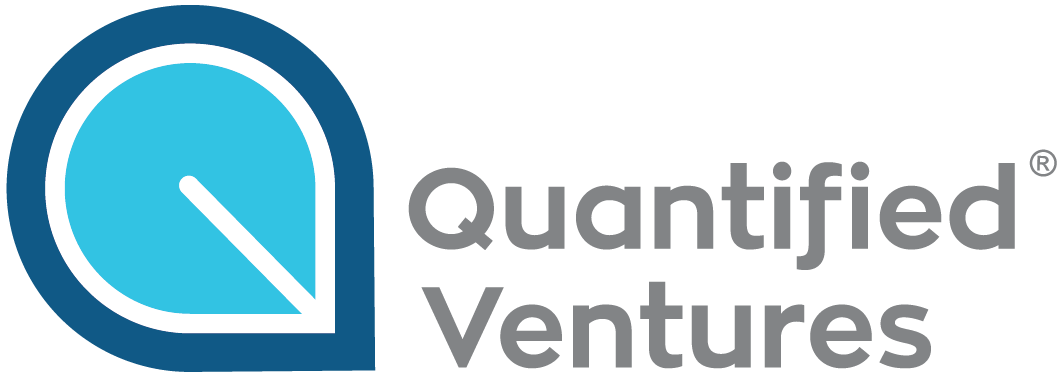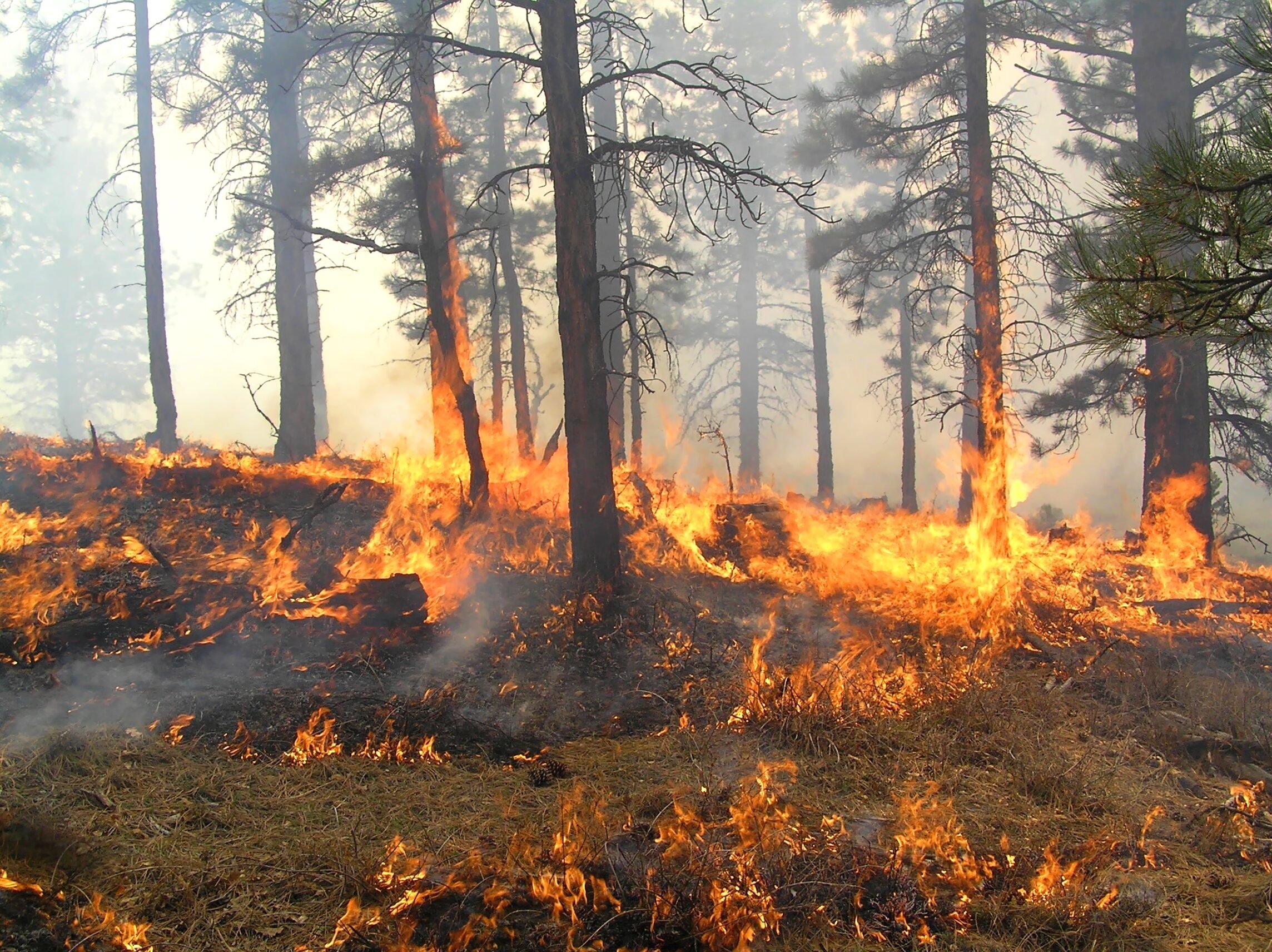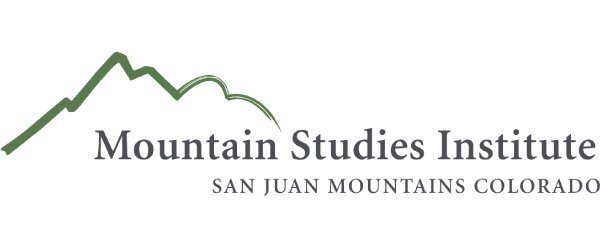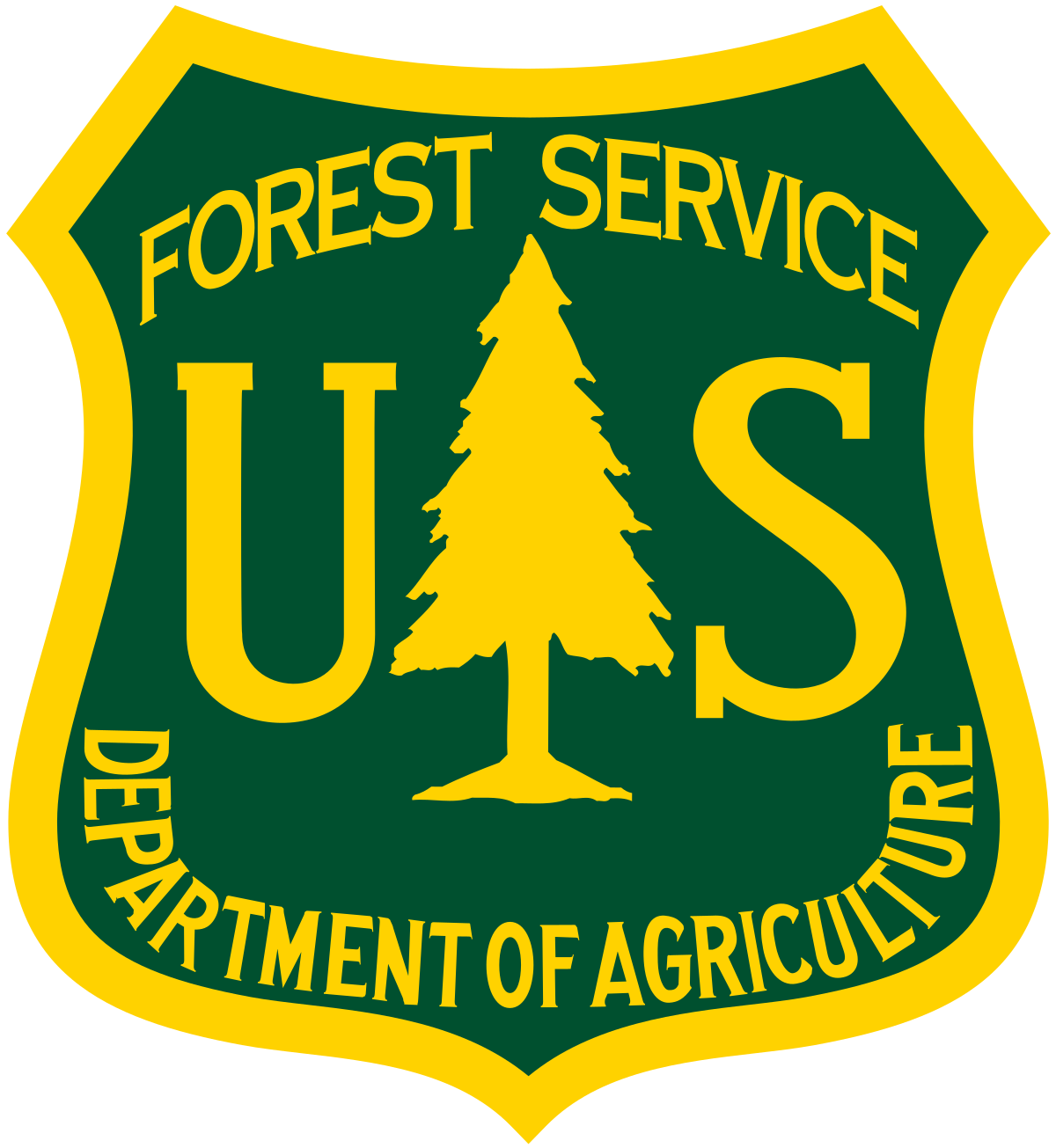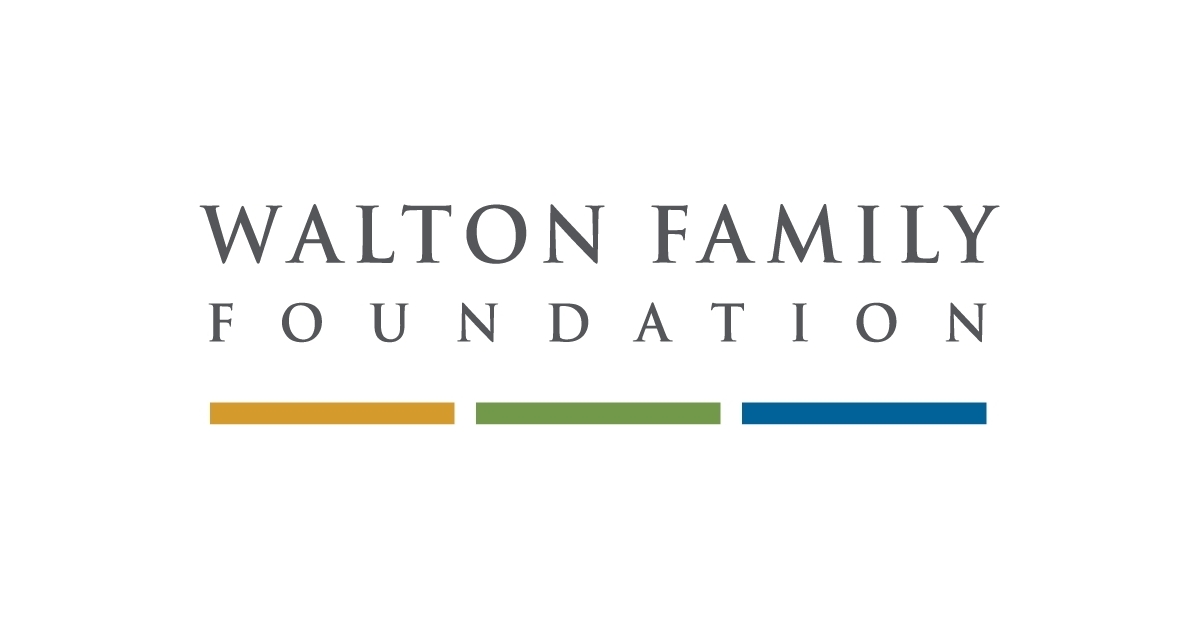Climate Finance
Wildfire Mitigation Environmental Impact Fund
Location: Southwest Colorado
Status: Active
The Southwest Colorado Wildfire Mitigation Environmental Impact Fund (EIF) offers an approach to foster regional collaboration through a shared financing and implementation structure for cross-boundary forest health treatments to reduce risk of wildfire in Southwest Colorado. The EIF would be capitalized by a combination of bond proceeds, grants, and appropriations, and would disburse revolving loans each year to pay for forest health treatments. Like other outcomes-based financing structures, the EIF hedges performance risk and ties payments to the success of projects. In the proposed structure, beneficiaries of forest health treatments (or “outcomes payors”) repay individual revolving loans from the EIF based on validated wildfire risk reduction outcomes. Including multiple outcomes payors would minimize the financial burden of any one payor. The fund model allows for long-term maintenance and expansion of forest health treatments into the future.
Problem
Past fire suppression policies, drought conditions, and beetle-infested forests have increased the threat of wildfire for the people, resources, and industries of Southwest Colorado. Forest health treatments like thinning and prescribed burns can reduce this risk, but a coordinated, well-funded, and landscape-scale treatment program has yet to be implemented. While fire is a threat that cuts across jurisdictions, most of the mitigation work to date has been done within the San Juan National Forest. The region has lacked funding and coordination through existing means to support a comprehensive, regional implementation of forest health treatments on cross-jurisdictional areas in the Wildland-Urban Interface (WUI) owned by the state, local governments, and private landowners.
Approach
To meet these challenges, Quantified Ventures and a local collaborative team consisting of the Mountain Studies Institute, Ellen Roberts, and the San Juan National Forest explored the feasibility of using outcomes-based financing to scale forest health interventions around the San Juan National Forest in cross-boundary areas and within the wildland-urban interface (WUI) in a shared stewardship approach. The outcomes-based Environmental Impact Fund offers the ability to “crowd in” multiple outcomes payors, revenues from biomass generated from thinning, and existing grant programs to offset the financial burden that any one payor is responsible for. It also ensures capital efficiency by hedging performance risk and tying payments to the success of projects and fosters regional collaboration through the creation of a new shared financing and implementation structure. Treatments covering a regional scale provide the opportunity to generate a large, long-term supply of woody biomass material, which could foster the growth of a local biomass utilization industry for electricity, thermal energy, biochar, or other wood products. Finally, the revolving loan fund model of the SIWIF would ensure that capital is available for long-term re-treatment and expansion of forest health interventions into the future.
Impact
The Southwest Wildfire Impact Fund would be able to deploy financing for an initial proposed plan that would reduce the risk of wildfire over 64,871 acres in Southwest Colorado that cut across private, federal, state, local, and tribal land. Though the area is heterogeneous in nature and the treatment plan would utilize a mix of different treatment types, an analysis of three representative parcels within the larger proposed geography demonstrates a benefit-cost ratio of nearly 300% based on avoided risk and damage to properties, infrastructure, and water resources if a wildfire were to occur. In addition, an estimated 287,708 green tons of biomass would be made available through the treatments, which can be converted to electricity or other commercial uses. Because of its revolving nature, the impact of the SWIF will continue to grow over time as capital is re-deployed for forest health treatments in new areas beyond this initial plan.
Additional Materials
The SW Colorado Wildfire Mitigation Impact Fund Feasibility Report (September 2019)
